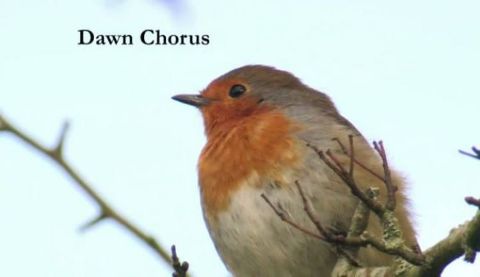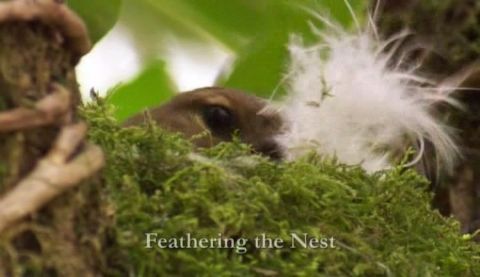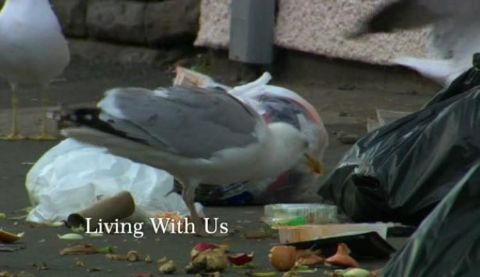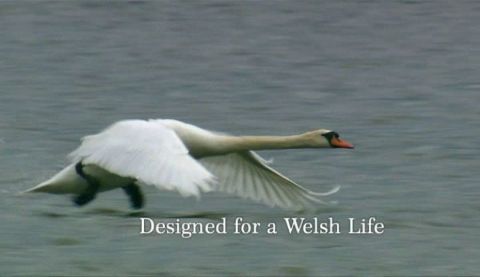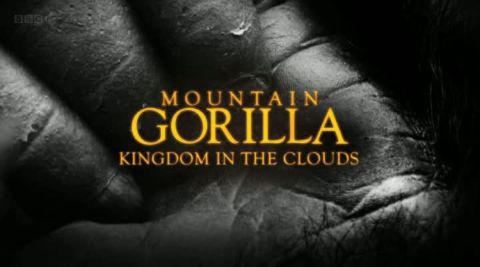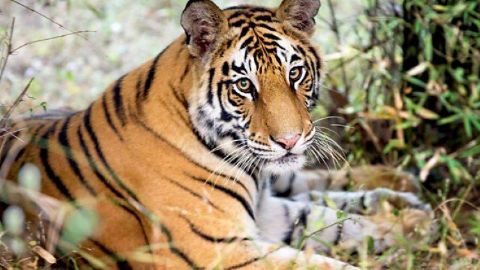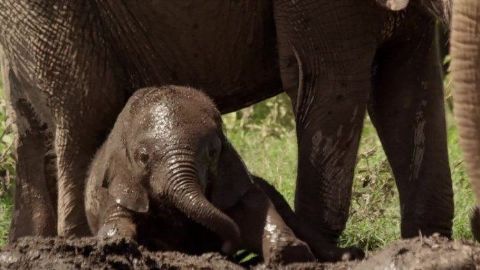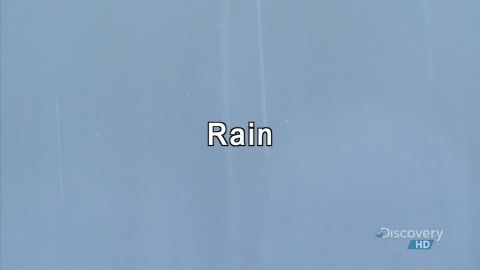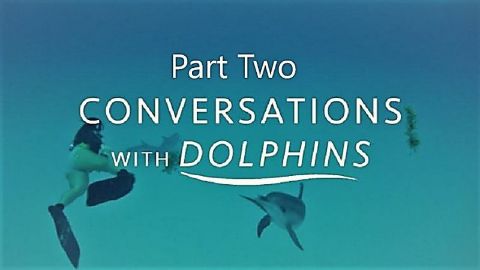Living With Us • 2012 • episode "S1E4" • Secret Life of Birds
In this fourth episode, Iolo Williams explores how birds in Wales have adapted to living alongside us, making use of our buildings, parks and gardens and even the waste we throw away. One of the most notorious urban birds is the gull and Iolo explains why these very adaptable and intelligent birds are doing so well in Cardiff
Make a donation
Buy a brother a hot coffee? Or a cold beer?
Hope you're finding these documentaries fascinating and eye-opening. It's just me, working hard behind the scenes to bring you this enriching content.
Running and maintaining a website like this takes time and resources. That's why I'm reaching out to you. If you appreciate what I do and would like to support my efforts, would you consider "buying me a coffee"?
Donation addresses
BTC: bc1q8ldskxh4x9qnddhcrgcun8rtvddeldm2a07r2v
ETH: 0x5CCAAA1afc5c5D814129d99277dDb5A979672116
With your donation through , you can show your appreciation and help me keep this project going. Every contribution, no matter how small, makes a significant impact. It goes directly towards covering server costs.
